Our Services
Dental treatments and procedures
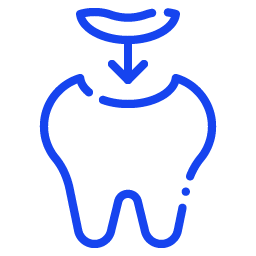
Dental filling (all types)
Fillings repair cavities, chips, and cracks, restoring tooth function and preventing decay. The dentist removes decay, fills the space with durable material, and hardens it. Types include amalgam (silver), composite (tooth-colored), and glass ionomer (fluoride-enhanced). Regular checkups help catch issues early for quick treatment.

Dental bridges
A dental bridge replaces missing teeth by anchoring to natural teeth on either side. It improves appearance, health, and chewing while protecting the remaining teeth. Types include traditional (crowns), adhesive (bonded wings), and Maryland (metal framework with porcelain). Regular cleaning ensures durability.
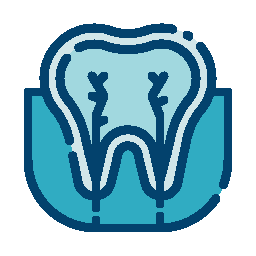
Root canal treatments
A root canal treats infection or damage at a tooth’s core by numbing the area, cleaning out infected pulp, and filling the tooth. It’s needed for severe decay, cracks, injuries, or gum disease. Root canals relieve pain, save the tooth, and are often more cost-effective than extraction. Risks include abscesses if infection remains or if the damage is too severe for treatment.
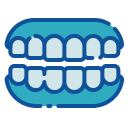
Dentures
Dentures are removable false teeth that replace missing teeth, available as complete, partial, or implant-supported options. They improve eating, speaking, and confidence while preventing teeth from shifting. Care involves brushing, soaking overnight, and keeping them clean. Regular dentist visits ensure proper fit and comfort.
tooth extractions
Tooth extraction removes teeth due to decay, infection, overcrowding, or for braces. Simple extractions are for visible teeth, while surgical extractions handle more complex cases. Risks include bleeding, dry socket, and infection. Preparation includes informing your dentist about medications and fasting for six to eight hours.
Cosmetic fillings
Cosmetic fillings repair cavities, chips, and gaps with resin-based materials that match your natural tooth color. The procedure involves numbing, removing decay, and applying the filling. Benefits include durability, reduced sensitivity, and infection prevention. Options include composite (color-matched) and ceramic fillings (stronger and crack-resistant).
3rd molar extractions
A 3rd molar extraction involves removing wisdom teeth, often due to impaction, pain, infection, or crowding. If the tooth doesn’t fully erupt or is causing dental issues, it may require a minor surgical procedure to access and remove it. This procedure is typically performed by a dentist or oral surgeon, especially for complex cases.

dental x-ray
Dental X-rays provide detailed images of your teeth and jaw to detect hidden issues like cavities, gum disease, and impacted teeth. Types include bitewing (back teeth), periapical (full tooth and root), and panoramic (wide jaw view). Using minimal radiation, dental X-rays are safe and help identify problems early.
general physician services

foreign body removal
Foreign body removal is a procedure where a GP removes objects like splinters or small pieces of glass from the skin, ear, nose, or throat using basic instruments. Usually, foreign bodies are removed from the skin, ear, or nasal cavity using tools like tweezers, forceps, or saline irrigation. If the object is deeply lodged or complications arise, a specialist may be needed.
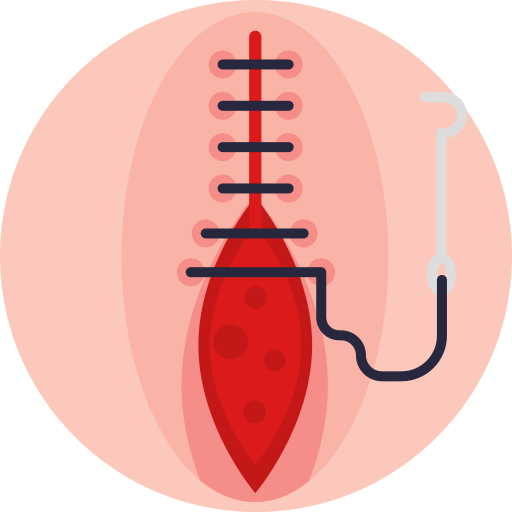
Wound management
A GP assesses, cleans, and dresses wounds based on type and condition, providing instructions for at-home care. They may remove dead tissue, suture simple wounds, and prescribe antibiotics if needed. GPs manage deep cuts, bites, punctures, and infected or chronic wounds, referring complex cases to specialists.
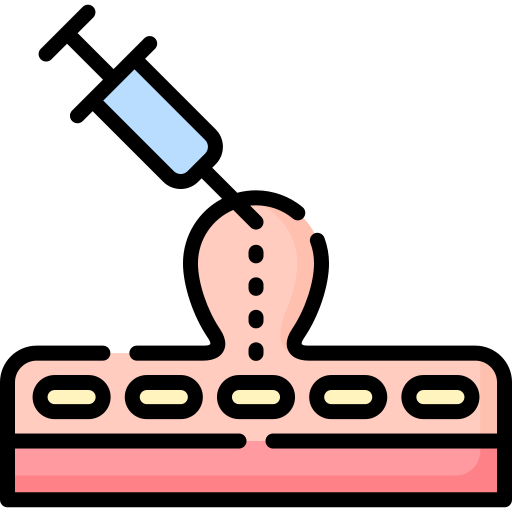
Cyst excision
A GP removes a cyst and its sac under local anesthetic to prevent recurrence. The procedure involves making a small incision, extracting the cyst, and suturing the site if needed. It’s done for painful or growing cysts, with follow-up care to monitor for infection. Complex cases may be referred to a dermatologist.

paediatrics and child health
Pediatrics focuses on children’s health from birth to adolescence. GPs provide checkups and preventive care. It includes treating sickness, managing mental and physical health, and offering preventive services. Pediatric patients are categorized into neonates, infants, toddlers, preschoolers, school-aged children, and adolescents.
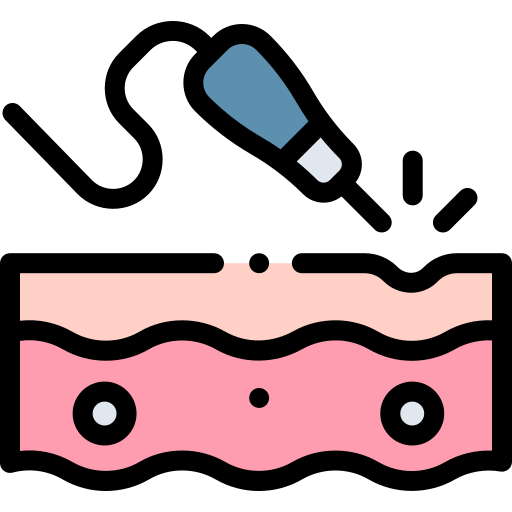
Skin lesion excision
A GP performs skin lesion excision to remove abnormal growths like moles, warts, or cysts, often using local anesthetic. The lesion is removed with a margin of surrounding skin and sent to a lab for analysis to check for cancerous cells. It’s done to diagnose and treat suspicious skin lesions, particularly those that change in appearance, bleed, itch, or grow rapidly.
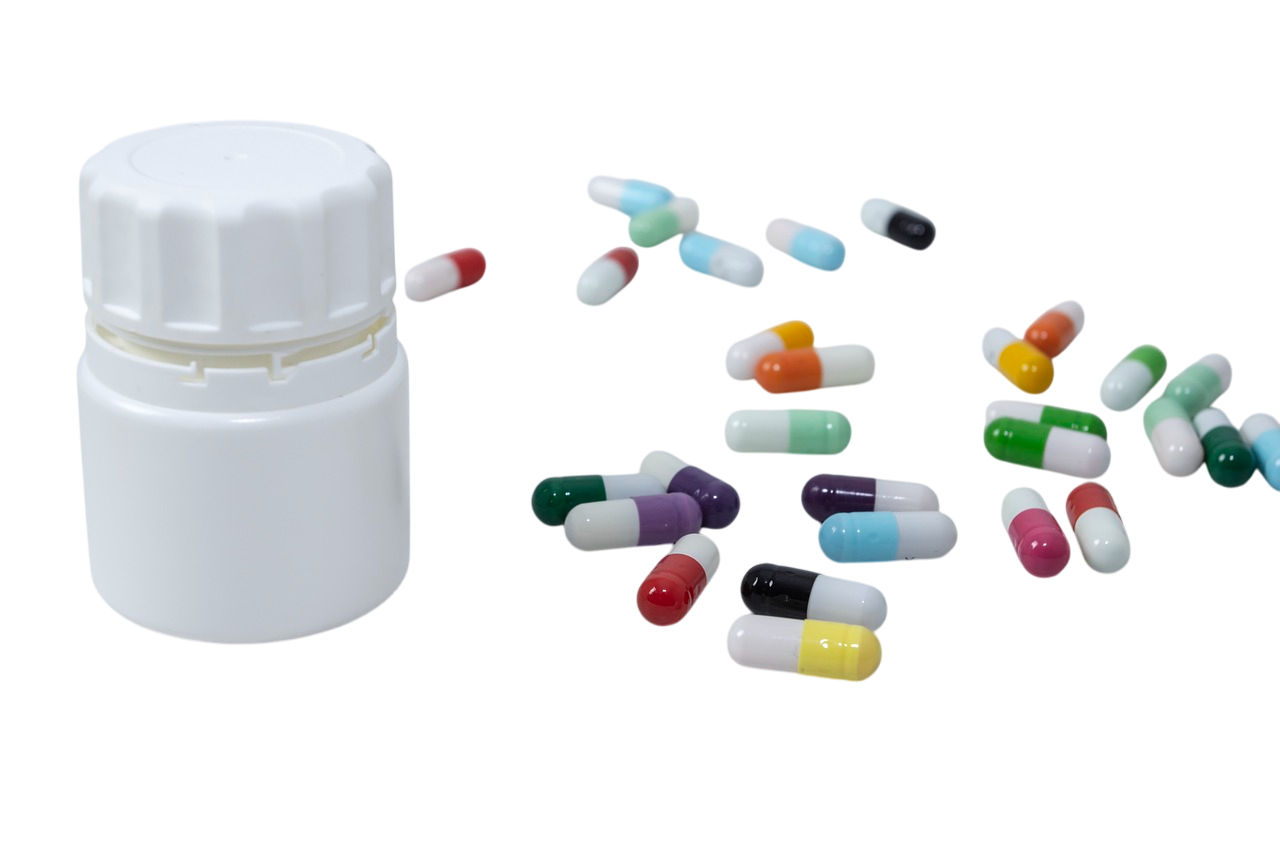
preventive medicine
Preventive medicine aims to prevent disease and promote health. GPs assess risk, educate patients, recommend screenings, and encourage healthy behaviors while discouraging harmful habits. It focuses on improving quality of life and longevity, using strategies for individuals and communities through education, research, and prevention.
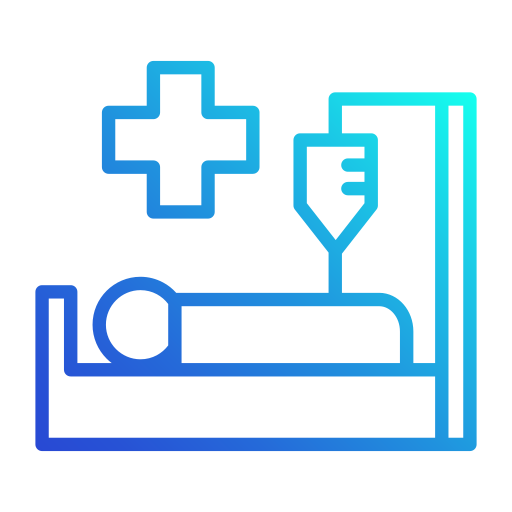
manage Chronic disease
GPs manage chronic diseases through health checks, management plans, tracking progress, recommending interventions, and referrals to specialists. The goal is to prevent complications and slow disease progression. Patients can manage chronic diseases by following treatments, monitoring health, attending checkups, and staying active.
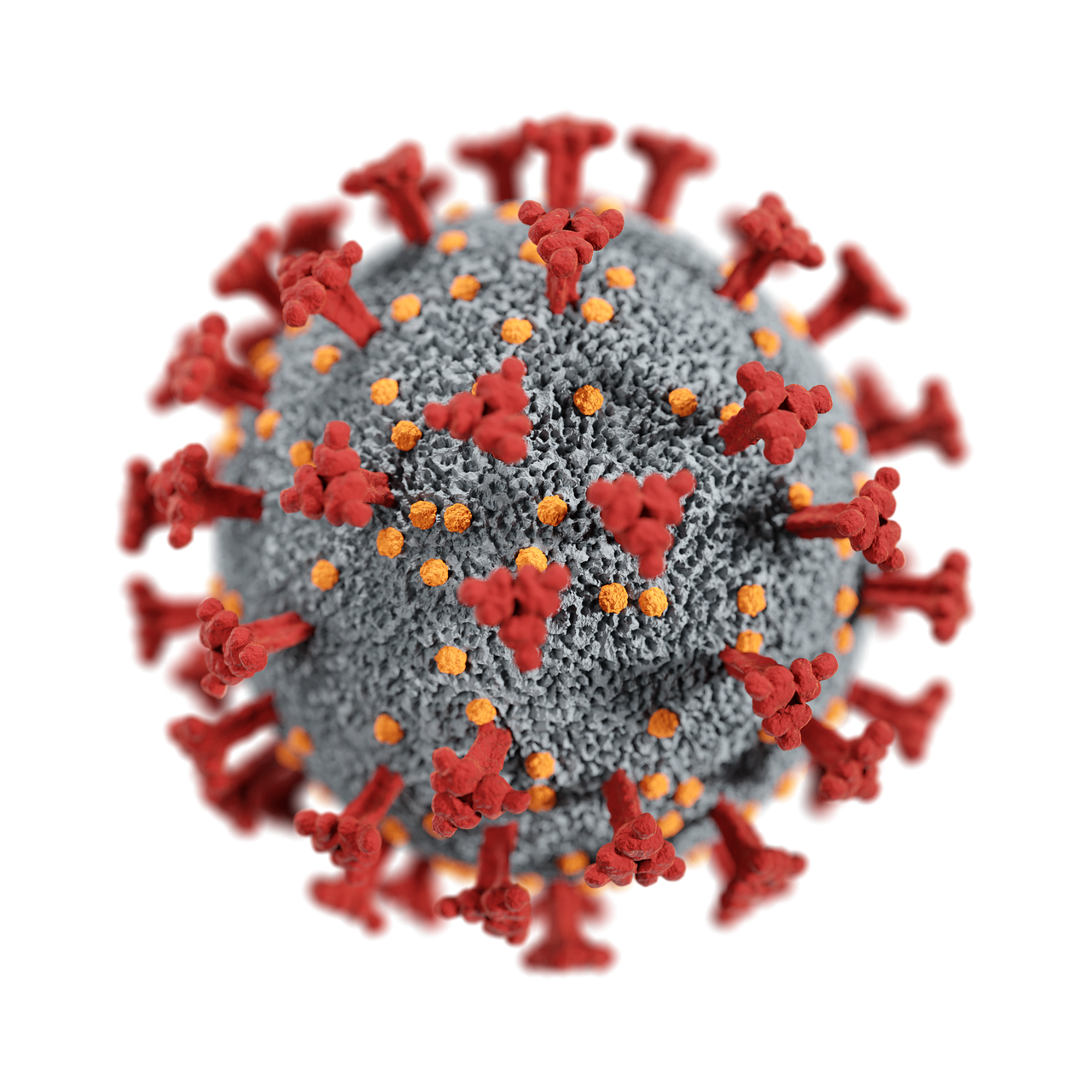
curing infections
GPs effectively treat various infections using the right medications—antibiotics for bacterial infections, antivirals for viral ones, antifungals for fungal issues, and antiparasitics for parasitic diseases. They manage symptoms, promote recovery, and prevent complications, referring patients to specialists when needed.
Laboratory Tests
- Complete blood count (CBC)
- Liver function test (LFT)
- Renal function test (KFT)
- Blood glucose profile (A1C)
- Cholesterol and lipid profile
- Thyroid function test (TFT)
- Hormone profile
- Pregnancy test (hCG)
- Urine test (UA)

